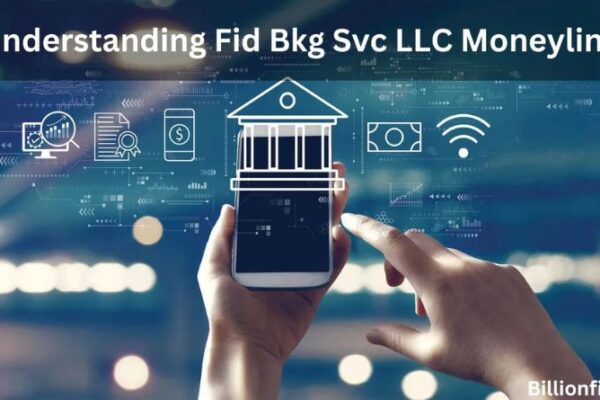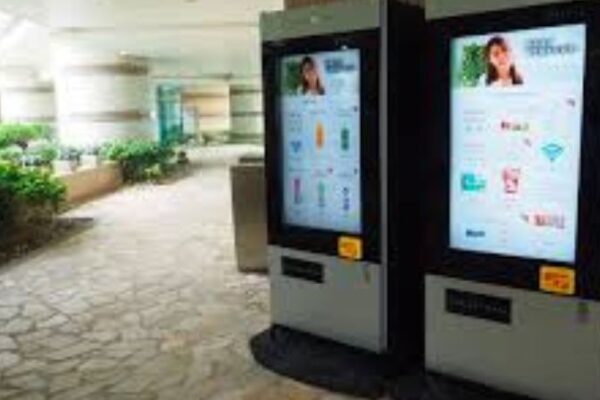Bend It Like LED: The Fascinating World of Flexible Display Technology
In the ever-evolving landscape of technology, innovations continue to reshape the way we interact with our devices. One such groundbreaking development is the advent of flexible display technology, ushering in a new era where screens are no longer confined to rigid structures. Enter the world of bendable, foldable, and stretchable displays, where the possibilities seem as limitless as the imagination.
Unveiling the Flex: Understanding Flexible Display Technology
Flexible display technology represents a departure from the traditional rigid screens we’ve grown accustomed to in smartphones, TVs, and other electronic devices. At the core of this innovation lies the use of organic light-emitting diodes (OLEDs) and other advanced materials that can bend and flex without compromising performance.
The magic happens at the molecular level. Unlike conventional displays, which rely on glass substrates, flexible flexible led screen manufacturers use flexible materials such as plastic or metal foil. This flexibility enables screens to be curved, rolled, or even folded, opening up a myriad of possibilities for device design and user experience.
Bending Boundaries: Applications Beyond Conventional Displays
The impact of flexible display technology extends far beyond the realm of smartphones. Manufacturers are exploring a wide range of applications, from wearable devices and smart clothing to automotive displays and futuristic concepts like rollable televisions.
- Wearable Wonders: Imagine a smartwatch with a display that wraps around your wrist or a fitness tracker seamlessly integrated into your clothing. Flexible displays pave the way for more ergonomic and stylish wearables that conform to the natural curves of the human body.
- Automotive Innovation: The automotive industry is also embracing flexible display technology. Curved and wraparound dashboards, interactive windshields, and even smart windows are among the possibilities, enhancing both aesthetics and functionality in the vehicles of tomorrow.
- Foldable Future: Foldable smartphones are already making waves, offering users the convenience of a larger screen that can be folded into a more compact form. As technology advances, we can anticipate the proliferation of foldable tablets, laptops, and even e-readers, providing users with unprecedented flexibility in how they engage with their devices.
The Engineering Marvel: Challenges and Breakthroughs
Developing flexible display technology comes with its fair share of challenges. Ensuring durability, maintaining display quality, and addressing manufacturing complexities are all hurdles that engineers and researchers have had to overcome. However, recent breakthroughs have showcased the remarkable progress in this field.
- Durability and Longevity: Early iterations of flexible displays faced concerns regarding their durability and longevity. However, advancements in materials science and engineering have resulted in displays that are not only flexible but also robust enough to withstand the rigors of daily use.
- Resolution and Image Quality: Achieving high-resolution and vibrant colors on flexible displays has been a persistent challenge. Researchers have successfully tackled this by refining the manufacturing processes and incorporating advanced materials that maintain excellent image quality even when the screen is bent or folded.
- Mass Production Challenges: Scaling up production of flexible displays for mass-market adoption has been a significant hurdle. Manufacturers are investing in innovative production methods to streamline the manufacturing process and bring down costs, making flexible displays more accessible to a wider audience.
The Future of Flexibility: What Lies Ahead?
As flexible display technology continues to mature, the future seems ripe with possibilities. The convergence of augmented reality (AR) and flexible displays could lead to immersive experiences that blend the virtual and physical worlds seamlessly. Imagine a world where your entire environment becomes a canvas for interactive displays, all made possible by bendable and stretchable screens.
Furthermore, the integration of flexible displays into everyday objects may redefine our interactions with the world around us. From smart mirrors that display real-time information to flexible e-paper displays revolutionizing the publishing industry, the potential applications are as diverse as they are exciting.
Conclusion: A Flexible Tomorrow Beckons
Bendable, foldable, and stretchable displays are more than just a technological marvel—they represent a paradigm shift in how we envision and interact with the digital realm. As engineers and researchers continue to push the boundaries of what is possible, the age of flexible display technology holds the promise of a future where screens seamlessly integrate into our lives, adapting to our needs and enhancing the way we experience the world. The journey has just begun, and the destination is a landscape of limitless possibilities, where we truly can “bend it like LED.”
Top of Form






